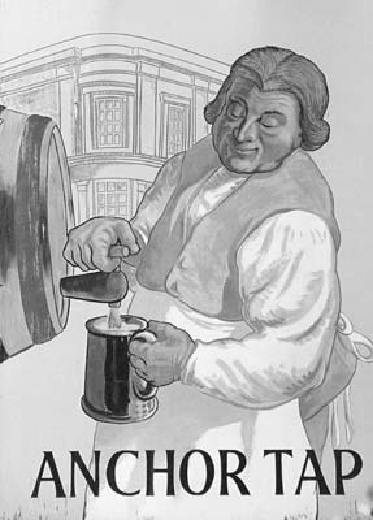Travel Reference
In-Depth Information
In the cozy, maze-like interior are memories of greats who've drunk here (I have)
or indulged in a new drug that hit London in the 1560s—tobacco. Shakespeare, who
may have lived along Clink Street, may have tippled here, especially because the original
worked here while writing the famous dictionary that helped codify the English language
The Anchor marks the start of once-notorious Bankside Road that runs along a river
retaining wall. In Elizabethan times (16th century), the street was lined with “inns” offer-
ing one-stop shopping for addictive personalities. The streets were jammed with sword-
carrying punks in tights looking for a fight, prostitutes, gaping tourists from the Borough
High Street coaching inns, pickpockets, river pirates, highwaymen, navy recruiters kid-
napping drunks, and many proper ladies and gentlemen who ferried across from The City
for an evening's entertainment. And then there were the really seedy people—yes, actors.
• Crossing under the green-and-yellow Southwark Bridge, notice the metal reliefs depict-
ing London's “Frost Fair” of 1564. Because the old London Bridge was such a wall of
stone, the swift-flowing Thames would back up and even freeze over during cold winters.

